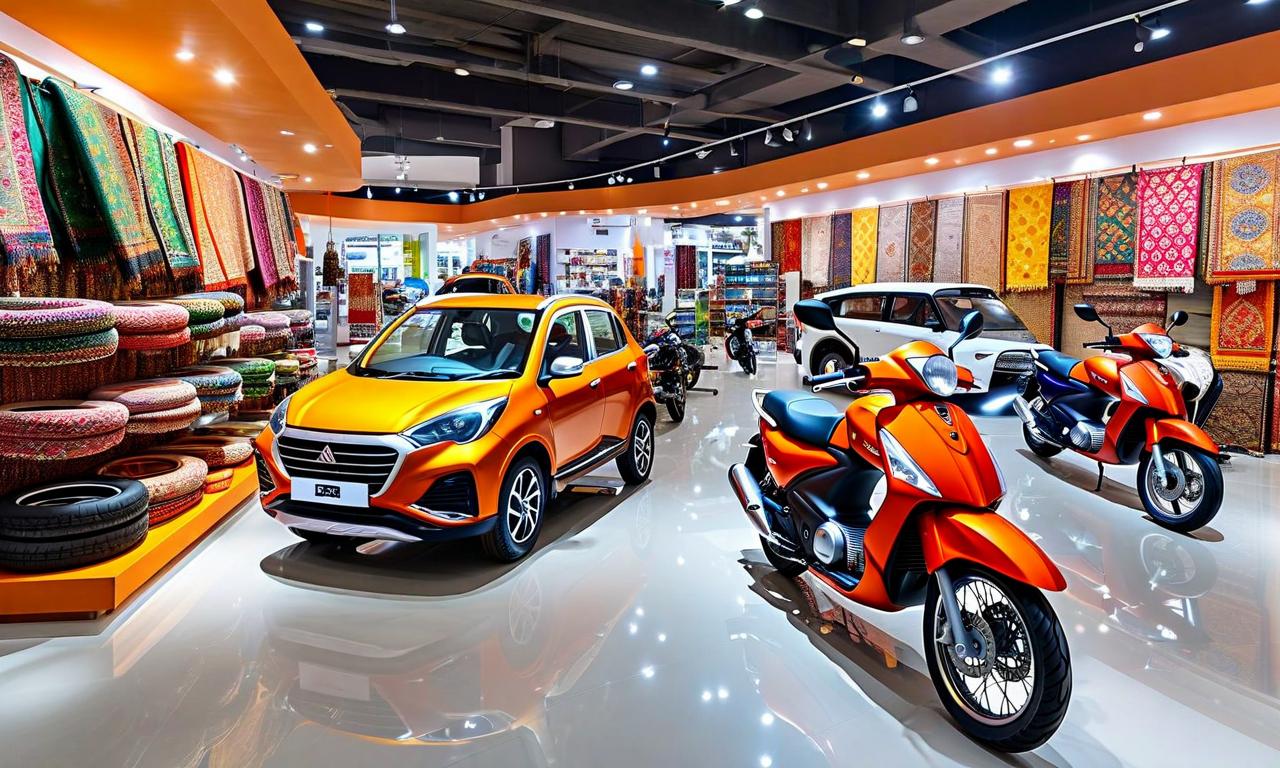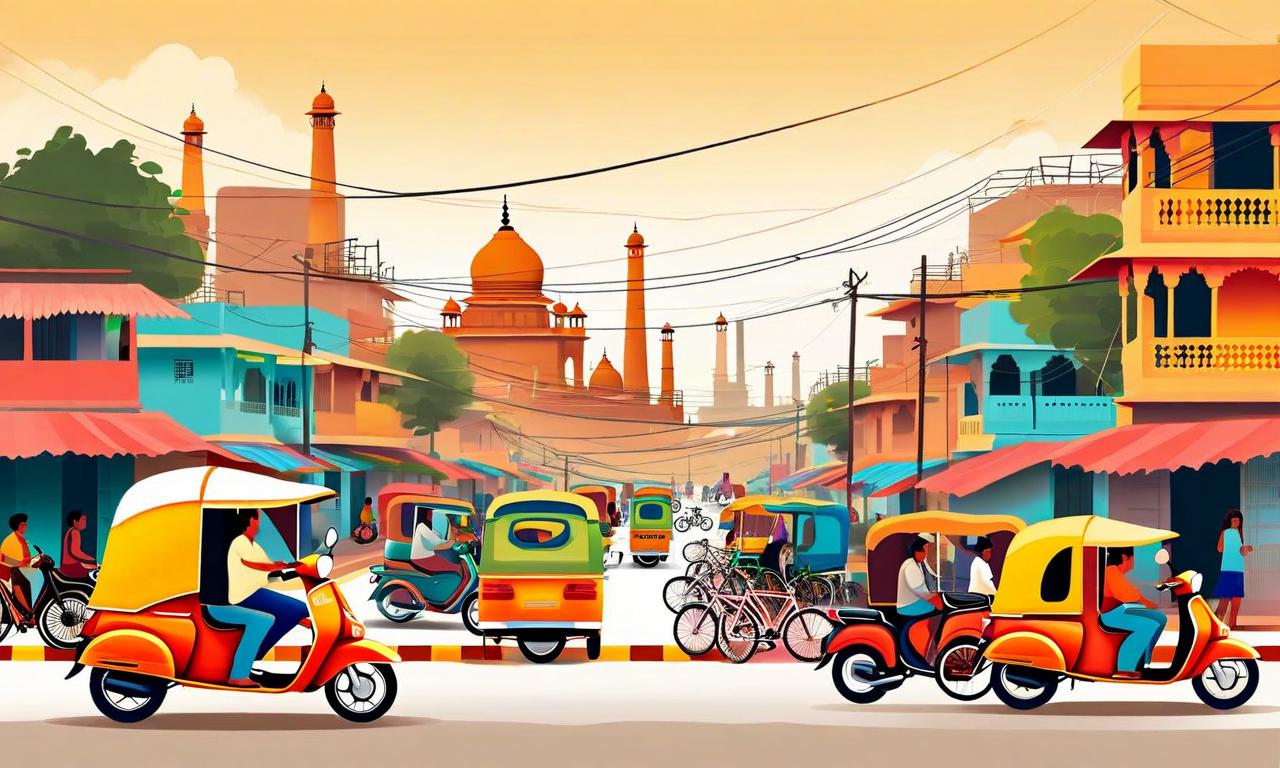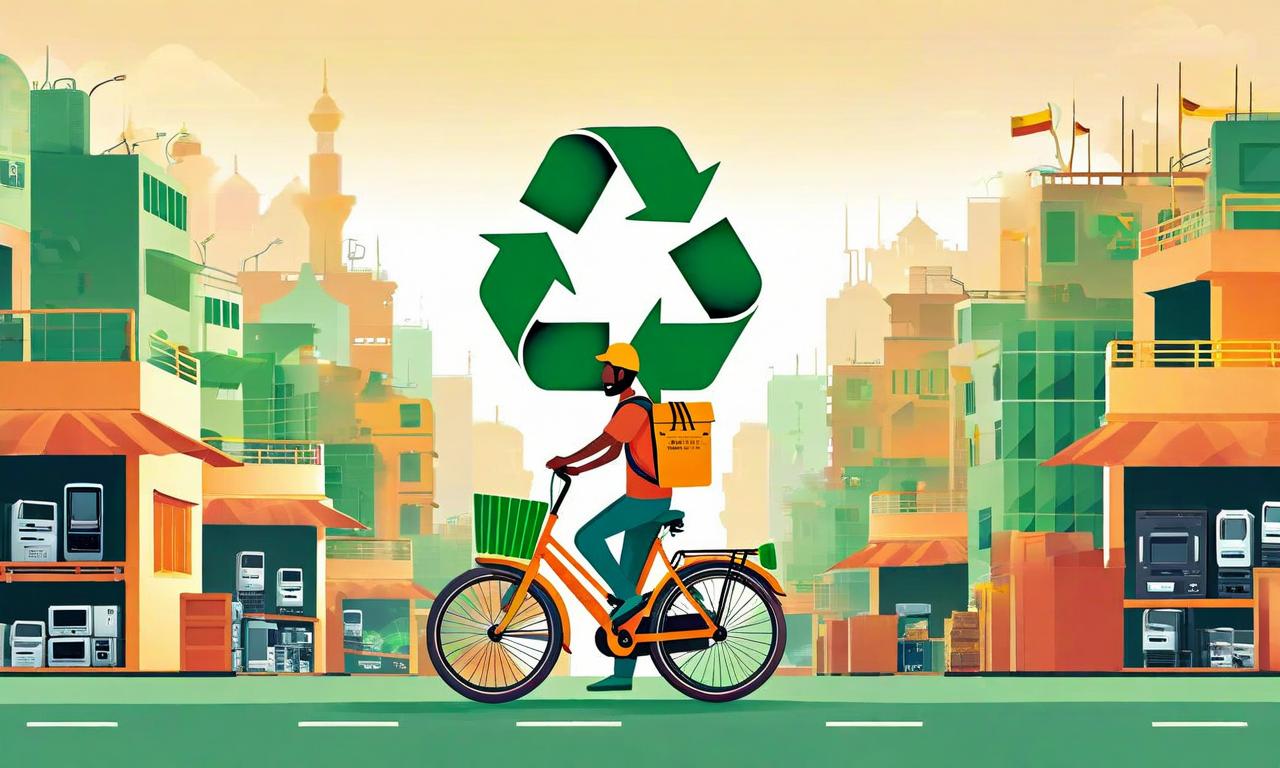GST 2.0 Slashes Automobile Prices Across India, Offering Savings Up to ₹30 Lakh
The Indian automobile industry is experiencing significant price reductions due to GST 2.0 implementation. Luxury vehicles see the highest cuts, with Range Rover offering savings up to ₹30.40 lakh. Two-wheelers under 350cc benefit from GST reduction from 28% to 18%. Mass-market passenger vehicles from brands like Maruti Suzuki, Hyundai, Mahindra, and Tata Motors offer price cuts ranging from ₹38,000 to over ₹2 lakh. This move is expected to stimulate demand across all segments, potentially boosting sales during the upcoming festive season.

*this image is generated using AI for illustrative purposes only.
The Indian automobile industry is witnessing a significant shift as the implementation of GST 2.0 brings substantial price reductions across various vehicle segments. Automakers are passing on the benefits of reduced tax rates to buyers, resulting in savings ranging from ₹40,000 on entry-level hatchbacks to an impressive ₹30 lakh on luxury SUVs.
Luxury Segment Sees Highest Price Cuts
The luxury vehicle segment has experienced the most dramatic price reductions. Range Rover leads the pack with the highest savings of ₹30.40 lakh on its 4.4P SV LWB model. Other notable cuts in the premium segment include:
- Toyota Fortuner: ₹3.49 lakh reduction
- Kia Carnival: ₹4.48 lakh off
- Skoda Kodiaq: ₹3.30 lakh GST reduction, plus additional festive offers
Two-Wheeler Segment Benefits
The two-wheeler market has also seen significant changes, particularly for bikes under 350cc. These vehicles now benefit from a GST reduction from 28% to 18%. The Honda CB350 stands out with the highest discount among bikes, offering savings of ₹18,887.
Mass-Market Passenger Vehicles
Popular models from major manufacturers have not been left behind in this price revision:
| Brand | Price Cut Range |
|---|---|
| Maruti Suzuki | ₹38,000 - ₹2 lakh+ |
| Hyundai | ₹38,000 - ₹2 lakh+ |
| Mahindra | ₹38,000 - ₹2 lakh+ |
| Tata Motors | ₹38,000 - ₹2 lakh+ |
The exact savings vary depending on the specific model and variant.
Impact on the Automobile Industry
This sweeping reduction in prices is expected to stimulate demand across all segments of the automobile market. The timing of GST 2.0 implementation could prove particularly beneficial for the industry, potentially boosting sales during the upcoming festive season.
Consumers now have the opportunity to purchase their desired vehicles at more affordable prices, which could lead to increased market activity. For the auto industry, this move may help in clearing inventory and improving sales figures, which have faced challenges in recent times.
The government's decision to reduce GST rates on automobiles demonstrates a commitment to supporting the auto sector, a significant contributor to India's manufacturing GDP. As the benefits of GST 2.0 ripple through the market, it will be interesting to observe how this impacts overall vehicle sales and the long-term growth trajectory of the Indian automobile industry.
Potential buyers are advised to check with local dealerships for the exact revised prices of specific models, as the reductions may vary based on location and any additional offers or discounts provided by manufacturers.



























